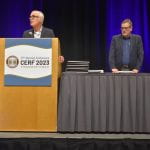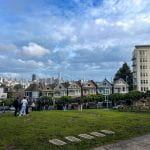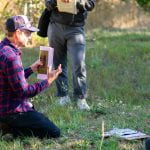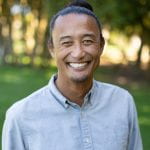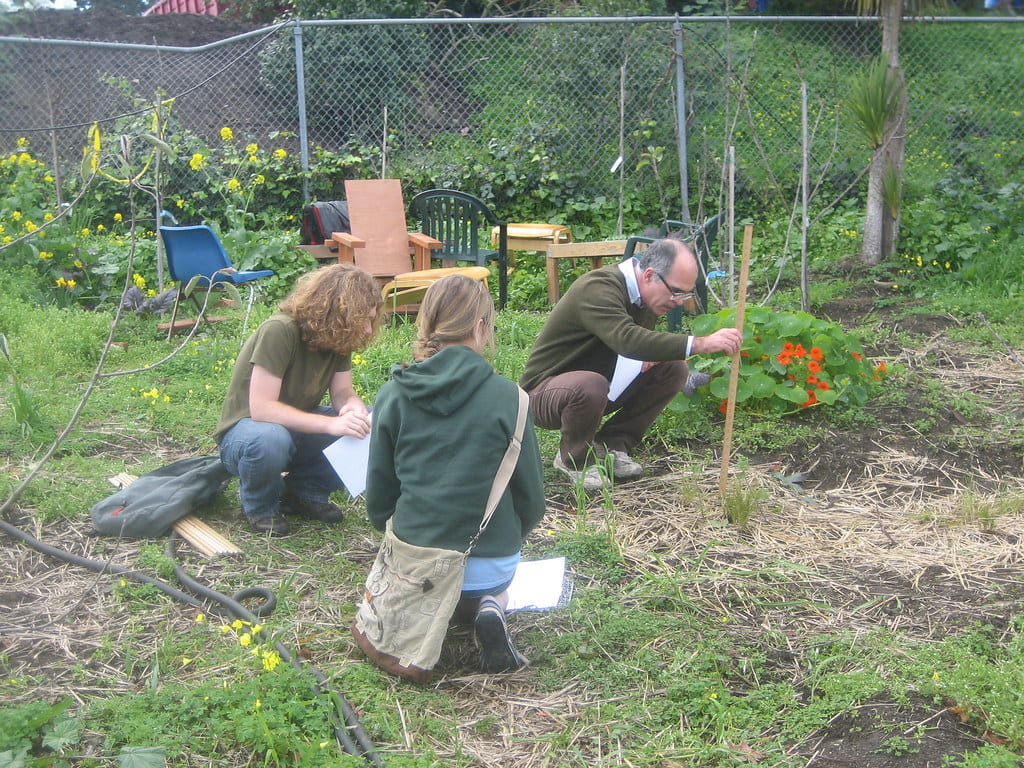
Professor John Callaway has been a professor at USF for over 20 years and has been Director of the MSEM program several times over the past two decades. His work focuses on tidal wetland restoration and the effects of climate change and sea level rise, as well as carbon sequestration, plant ecology, productivity, and species diversity within wetland ecosystems. We recently spoke with Professor Callaway to hear all about his sabbatical, what his students can look forward to in his Restoration Ecology class this Fall, upcoming events you can participate in, and research publications you can read.
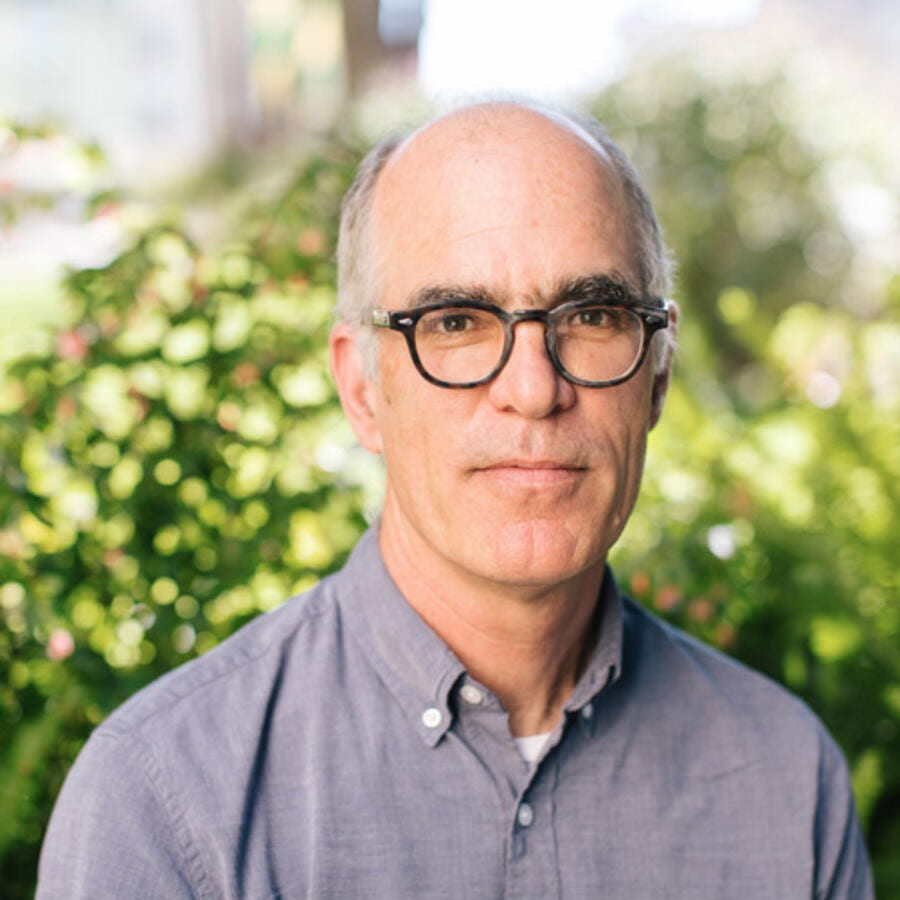
From 2017-2020, Callaway went on leave from USF to be the lead scientist for the Delta Stewardship Council in the Sacramento-San Joaquin Delta where he worked on a variety of water and ecosystem issues. Looking back on his work there, Callaway has seen how a lot of the work in the MSEM program relates to the state policy and legislative issues occurring in Sacramento, and now, many MSEM students and graduates work in the state offices focusing on the Delta.
This past year, Callaway went on sabbatical and was able to gather new data from previous restoration projects in the South Bay Salt Ponds. He is looking to publish analysis on the most recent data in the coming months. Callaway is also a Board member of the Coastal and Estuarine Research Federation, which will host their conference on the West Coast this year, up in Portland, Oregon, where he hopes students and anyone interested will be able to join. You can learn more about the conference and register here.
Callaway also spoke a bit about his upcoming class, Restoration Ecology, where he will be bringing his research to the classroom for students to consider in their projects throughout the course. The class will cover restoration approaches at all levels including soil, hydrology, plants, and animals to consider when designing and monitoring a restoration project. Students will also be taken to restoration sites in the bay area to get hands-on experience and will choose a specific restoration project or ecosystem to present to the class for everyone to learn about at the end of the course.
We selected a few of his many publications for you to check out below.
Publications:
- Adaptive management assists reintroduction as higher tides threaten an endangered salt marsh plant, 2019
- Modeling tidal marsh distribution with sea-level rise: evaluating the role of vegetation, sediment, and upland habitat in marsh resiliency, 2014
- Carbon sequestration and sediment accretion in San Francisco Bay Tidal Wetlands, 2012

